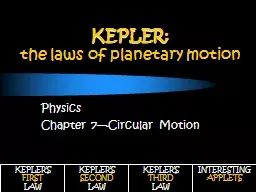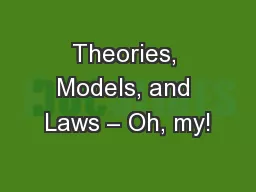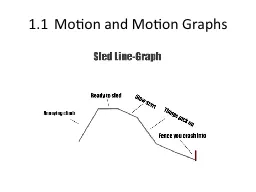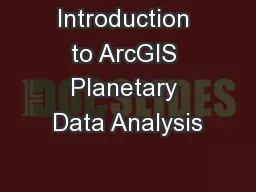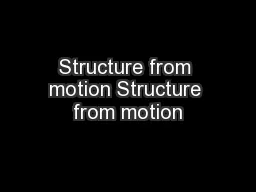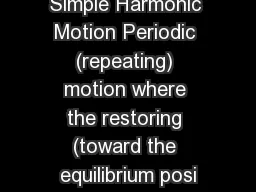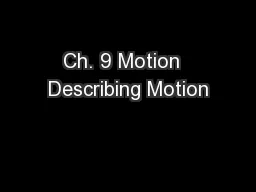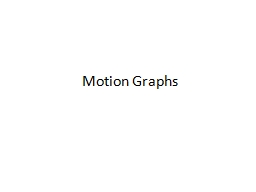PPT-K EPLER : the laws of planetary motion
Author : myesha-ticknor | Published Date : 2018-11-03
Physics Chapter 7Circular Motion KEPLERS FIRST LAW KEPLERS SECOND LAW KEPLERS THIRD LAW INTERESTING APPLETS Johannes Kepler Born on December 27 1571 in Germany
Presentation Embed Code
Download Presentation
Download Presentation The PPT/PDF document "K EPLER : the laws of planetary motion" is the property of its rightful owner. Permission is granted to download and print the materials on this website for personal, non-commercial use only, and to display it on your personal computer provided you do not modify the materials and that you retain all copyright notices contained in the materials. By downloading content from our website, you accept the terms of this agreement.
K EPLER : the laws of planetary motion: Transcript
Download Rules Of Document
"K EPLER : the laws of planetary motion"The content belongs to its owner. You may download and print it for personal use, without modification, and keep all copyright notices. By downloading, you agree to these terms.
Related Documents

